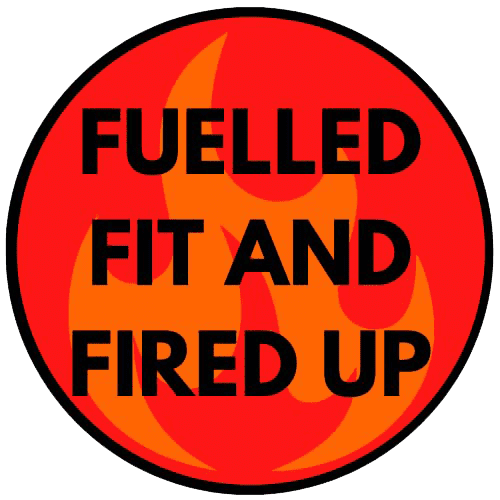
Future Success Stories
I often find a quote can elicit interesting, inspiring, and insightful conversations with any business leader or owner I meet.
“If you can’t measure it, you can’t improve it” is attributed to Austrian-American consultant Peter Drucker and British Mathematician Lord Kelvin, with growthink.com hailing it as one of the two most important business quotes. The more you reflect on the words, the principal is key to generating future success for any business.
However, only if you are measuring the right things.
Invest your time in determining what, when, and how you monitor all aspects of your business, which is crucial to creating value and delivering results at pace. Here are three areas to consider when developing plans, agreeing on actions, and assigning responsibilities.
LEAD vs LAG
Two types of measures will determine your future success in reaching your goals and delivering your vision: Lead and Lag.
One of the best ways to differentiate between the two is to think about sitting in the driver’s seat of your car. As you look through the windscreen, everything you see is ahead of you, consider it your lead metrics. Conversely, what you see from the rear-view mirror has been and gone. It’s history that you cannot influence or change. When it comes to measuring performance, these are your lag metrics.
In practical terms, you may choose to monitor employee engagement and customer satisfaction as two lead indicators of future success. After all, happy teams provide customers with better service, who are likely to buy more regularly, boosting lag measures, such as sales and profit.

KPI vs OKR
Big business loves a three-letter acronym, but in this case, understanding the difference between your OKRs and your KPIs can be crucial in deciding the correct measures to monitor.
So, what’s the difference?
OKR = Objectives and Key Results
Consider this a framework that uses qualitative statements about what you want to achieve (objective) and matches them with a quantitative output to measure success (key result). They are future-focused, directional, and bold in nature, moving the dial on crucial activities over a short timeframe. Perhaps changing on a quarterly basis to ensure the business is influencing the right things, at the right time, in the right way.
KPI = Key Performance Indicator
These tend to be more quantitative and easily measured, providing a steady-state method of monitoring the underlying health of the business. Used over longer periods, KPIs often don’t change for years and inform decision-making based on trends.
Successful businesses use a combination of OKRs and KPIs, helping monitor performance and identify areas for improvement (KPIs) and solving problems, improving processes, and driving innovation (OKRs).
BALANCED SCORECARD
Introduced in the early 1990s by Kaplan and Norton, the balanced scorecard has stood the test of time, having been adopted by many successful businesses. Covering four crucial parts of any organisation, Financial, Customer, Internal Processes, and Learning and Growth, it allows accurate, balanced, and consistent measurement of performance and goals, providing a clear and concise way to communicate results to the team.

How can you strike the balance in your business and begin writing your future success stories?
Have a brilliant week!
David Rogers, Chief Business Narrator, Fuelled Fit and Fired Up Ltd



